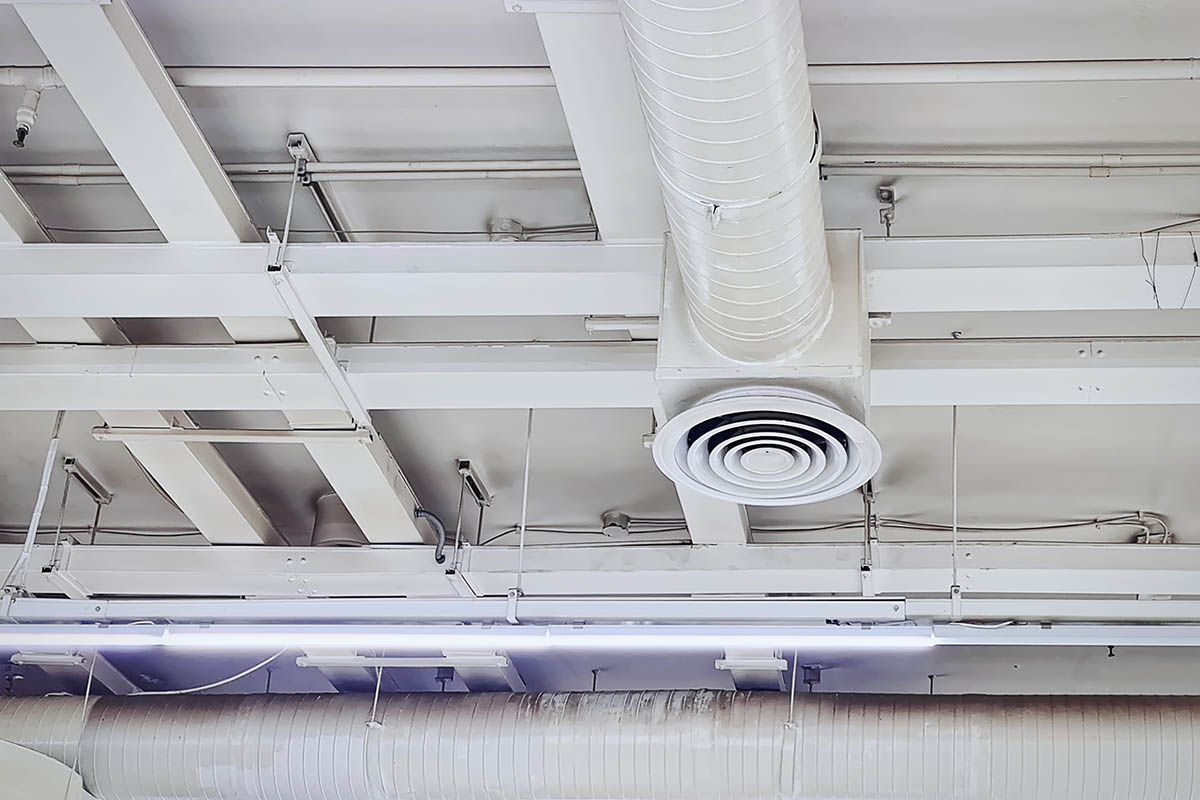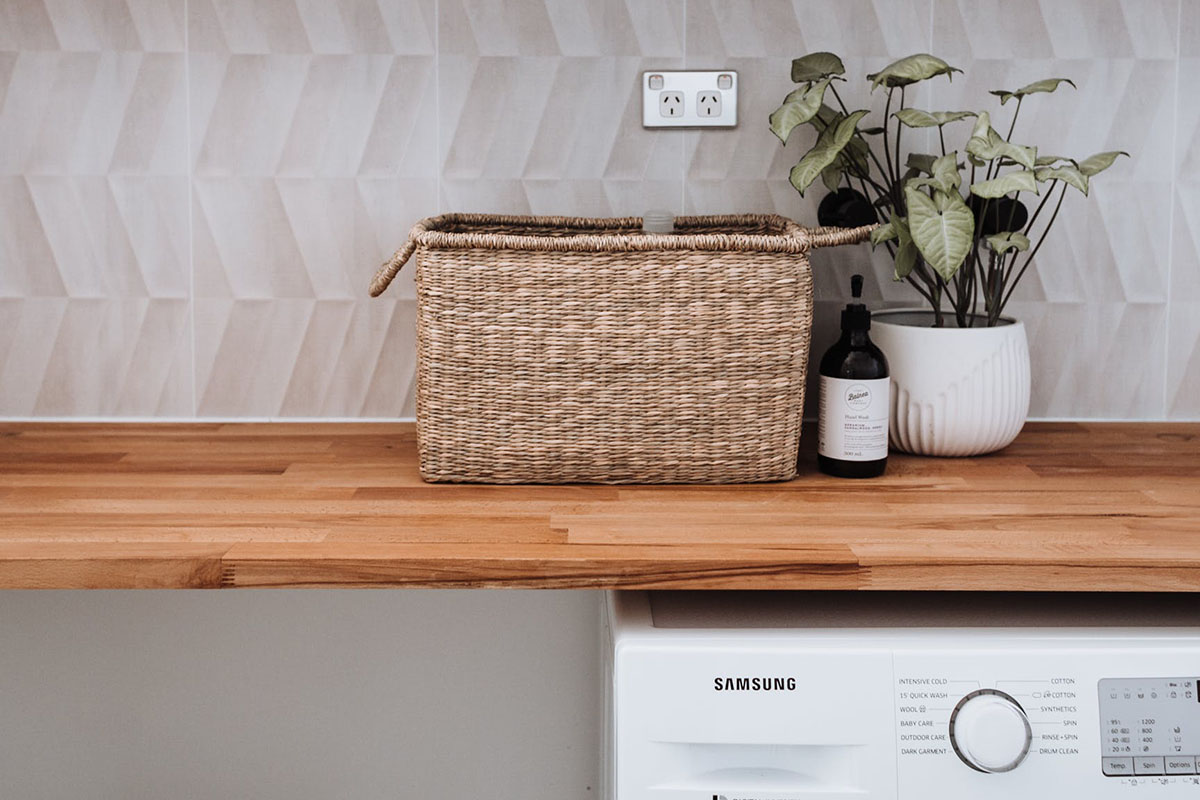Air Conditioning Options: Ductless vs Central Air
Are you wondering the difference between a ductless and central air conditioner? Both types of air conditioning have their advantages and disadvantages and using one or the other really depends on your circumstances.
This article discusses the pros and cons of using ductless or central air conditioner systems. If you are still unsure what is best for your home, don’t hesitate to visit Hurliman Heating for further assistance.
What is a ductless air conditioner?
A ductless air conditioner doesn’t use ducts to carry cold air through your house. Instead, it comprises an outdoor unit connected to another indoor unit. That is all. The indoor unit is always visible because it is mounted on a wall. While in a central air conditioner, you do not see anything mounted on walls.
This type of system is an indoor unit that cools the environment, but the range of operation is limited to one room or a specific house area. In general, ductless units can’t cool the entire house, and bigger homes require more than one unit.
Installing an indoor unit does not require significant renovations; it only requires a hole in the wall to allow the wiring and the refrigerant line to get through. Ductless air conditioners are meant to blow cooled air directly into the living space and do not depend on a series of ducts to bring air to another room or the rest of the house.
A ductless system includes an evaporator coil and a blower fan in the indoor unit. The outdoor unit consists of a compressor, fan, and condenser coil, and they are both connected with tubes for the refrigerant and electric wiring.
What is a central air conditioner?
With a central air conditioner set up, the air is cooled in a central location and then distributed around the house through a system of fans and ducts. A compressor is responsible for compressing the refrigerant that takes the heat out of the environment.
The warm air passes through cold coils, becomes cooler, and then moves into the house while the hot air moves out. The system uses a thermostat typically placed in a central location of the house that gives you control of your home’s temperature.
The thermostat is an essential part of a central air conditioning system. It is responsible for sensing the temperature changes and sending directions to the system to start working and cool the air.
The fan is getting into action, pulling hot air from the house, which will pass through filters, then over the evaporator coil, which cools the air through the action of the refrigerant. At the end of this process, only cold air is pumped again into the house through the ductwork.
There are two types of central air conditioners:
- A split system;
- A packaged system;
A split system includes:
- An outdoor unit (condenser coil, fan, compressor;)
- An indoor unit (fan coil;)
- Copper tubing.
The packaged system comprises a fan, fan coil, and compressor in one unit. In addition, both types of air conditioner systems have a thermostat.
Should I have a ductless or a central air conditioning system?
When you need to decide which system is right for you, you have to consider the costs, the size of your home, and your preferences.
Here are some of the things that are important to consider:
- Does your house already have ductwork?
- Do you have a small, medium, or a big house?
- Is the vent mounted on the wall disturbing?
- What is your budget for the air conditioning system?
- Do you like having zoning control in your home?
If your house already has ductwork, using the current system is cheaper than building a new one or getting a ductless one. However, a ductless air conditioner can be the fastest and most reasonable solution without ductwork.
You do not have to do renovation work, but just a hole in the wall. But, if you have a problem with the air conditioner unit being visible inside your house, you can go for a central air conditioner system that is invisible.
Air Conditioning Options: Advantages and disadvantages of ductless and central air conditioners
The size of the house plays a significant role in making the right decision. A ductless system is best suited for cooling a large room or a housing zone. Sometimes, it is still cheaper to have more than one ductless system than to have a central air conditioner set up.
Another advantage of a ductless system is the low level of noise. You can generally consider ductless air conditioners quieter than central setups, although modern central units are built to be as silent as possible.
The cost is often the primary consideration when deciding which system is better for you. Still, the prices to consider are the units’ installation and the running costs.
For example, the ductwork needs to be well-designed, sized, and properly fit in a central air conditioning system to prevent air leaks.
When there are air leaks, the system is less efficient and will need to overwork to cool your home, with the consequent increase in utility bills. For this reason, ductless units can be more efficient than central air conditioners.
In case you need zone control in your home to have different temperatures in different rooms, you can use a ductless system or a central system likewise.
Air Conditioning Options: Conclusion
Figuring out the best solution for your home is not always easy. You have to think with multiple variables such as costs, size of the house, how you want your house to look, and ultimately the system’s effectiveness.
In addition, if the house is not yours, you may not want to invest in a central system, but getting a ductless air conditioner could be the right choice.
If you are still in doubt about which system is better for you, don’t hesitate to contact us for advice.





















